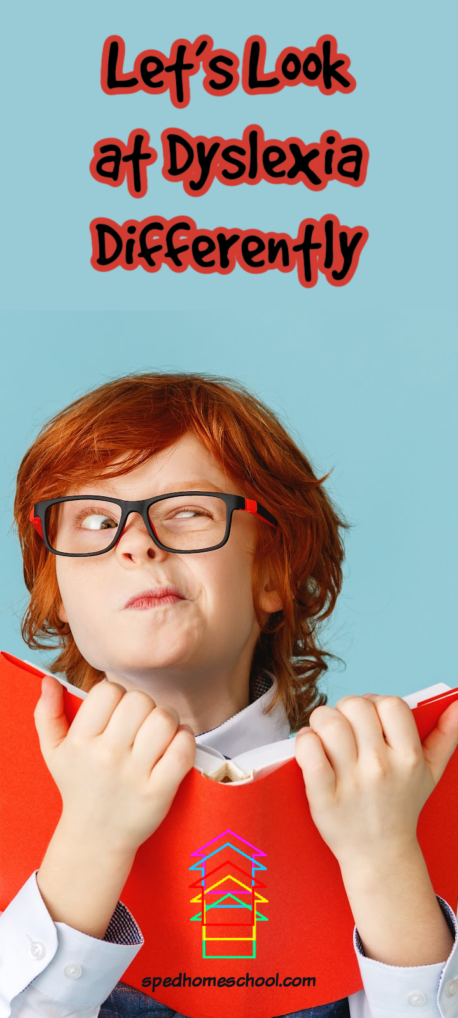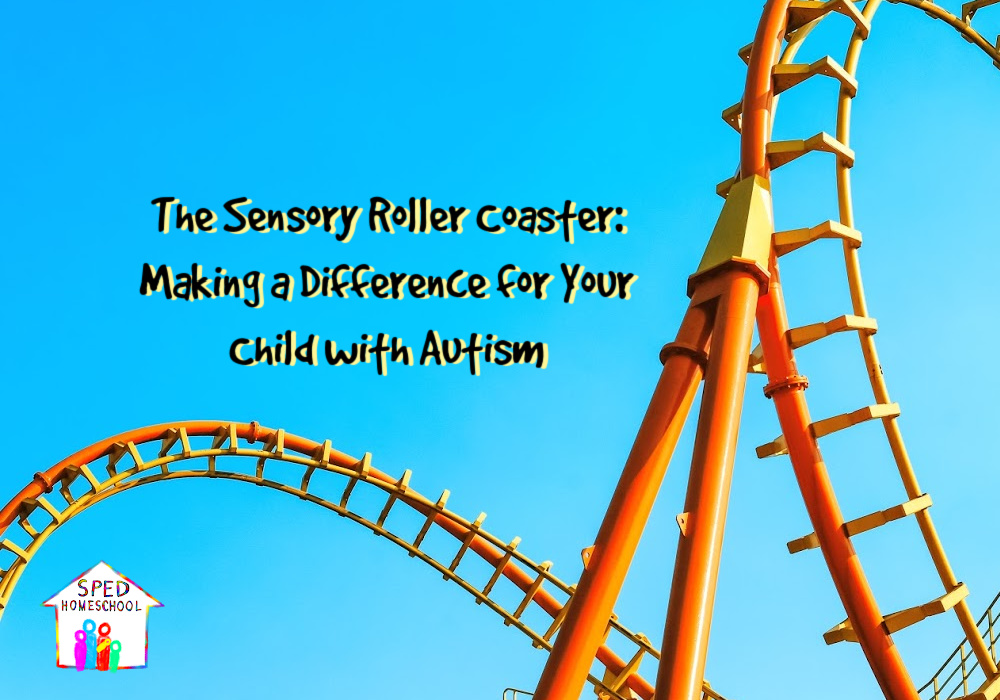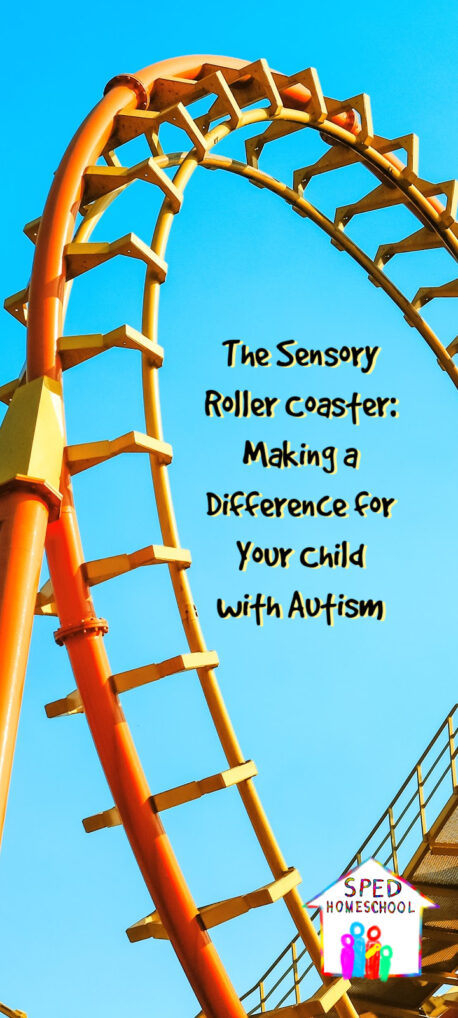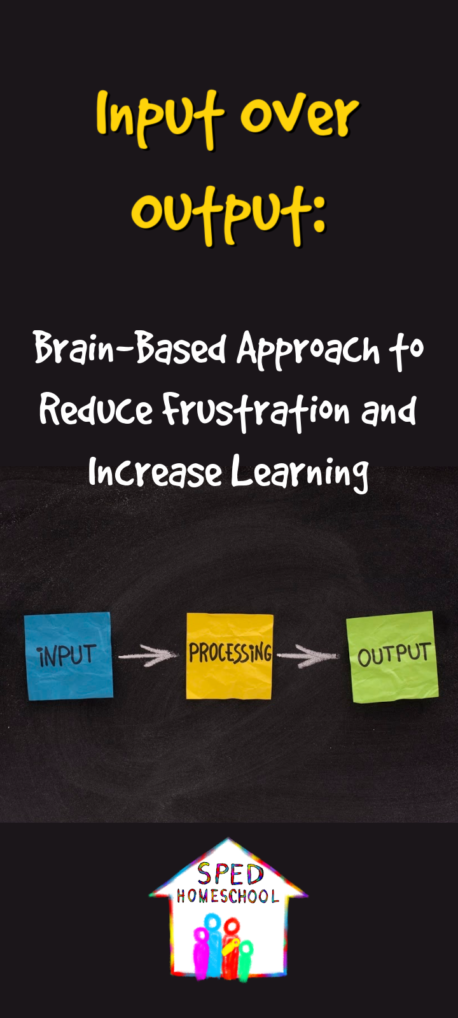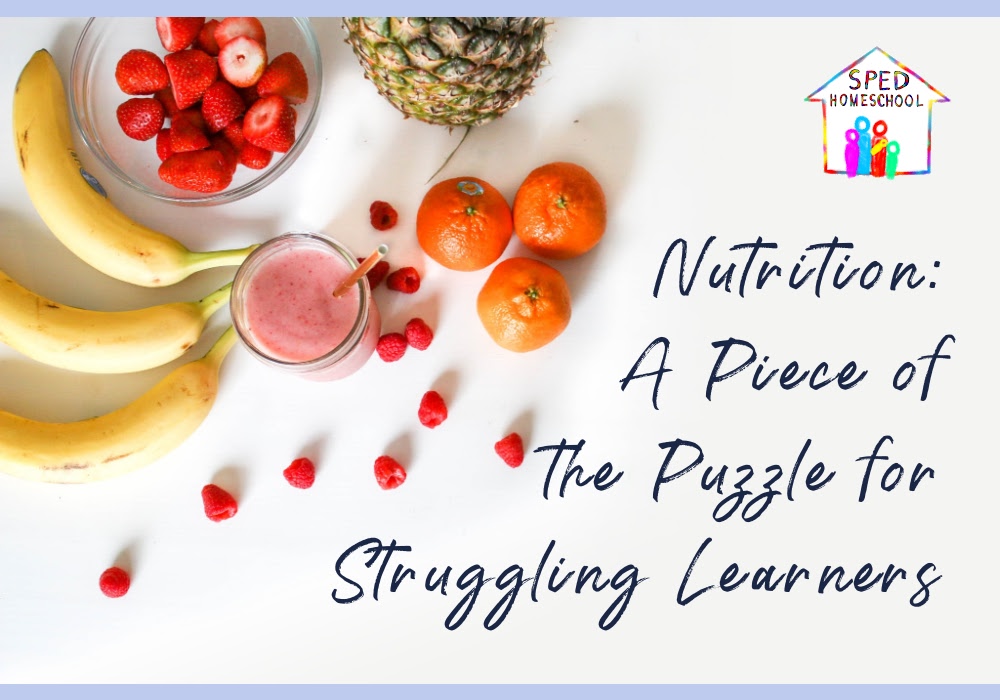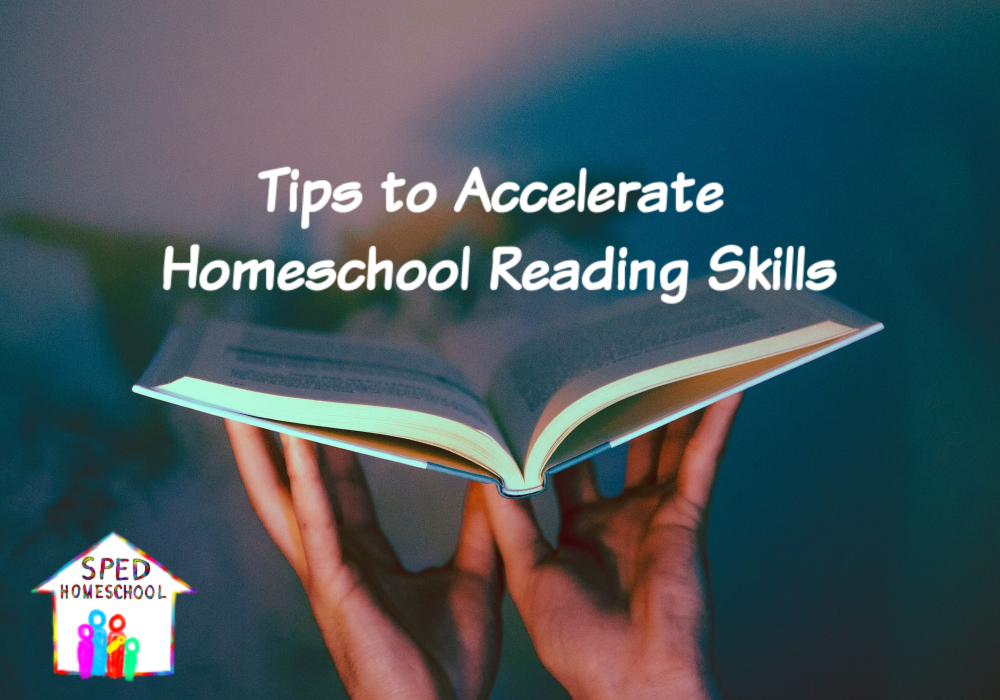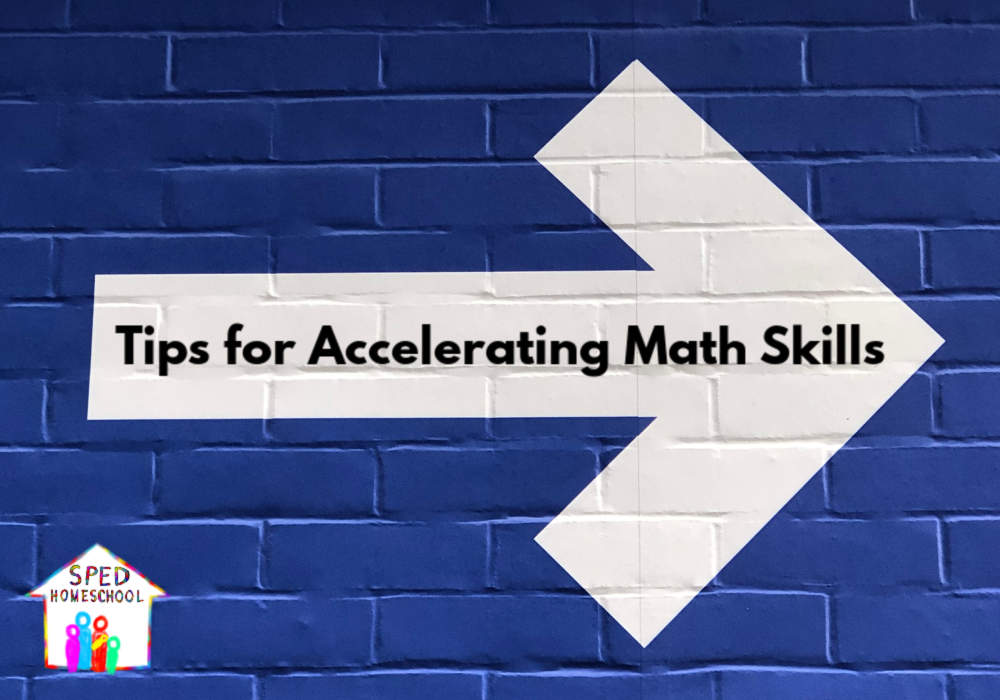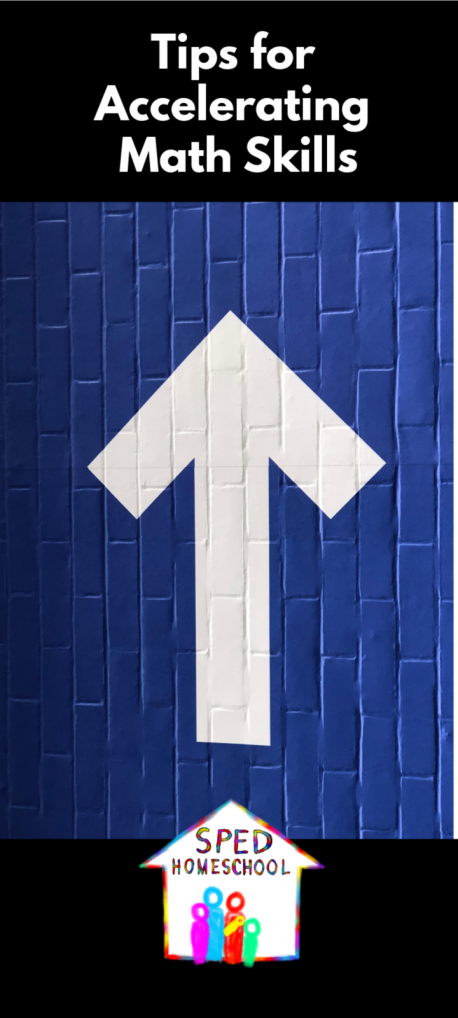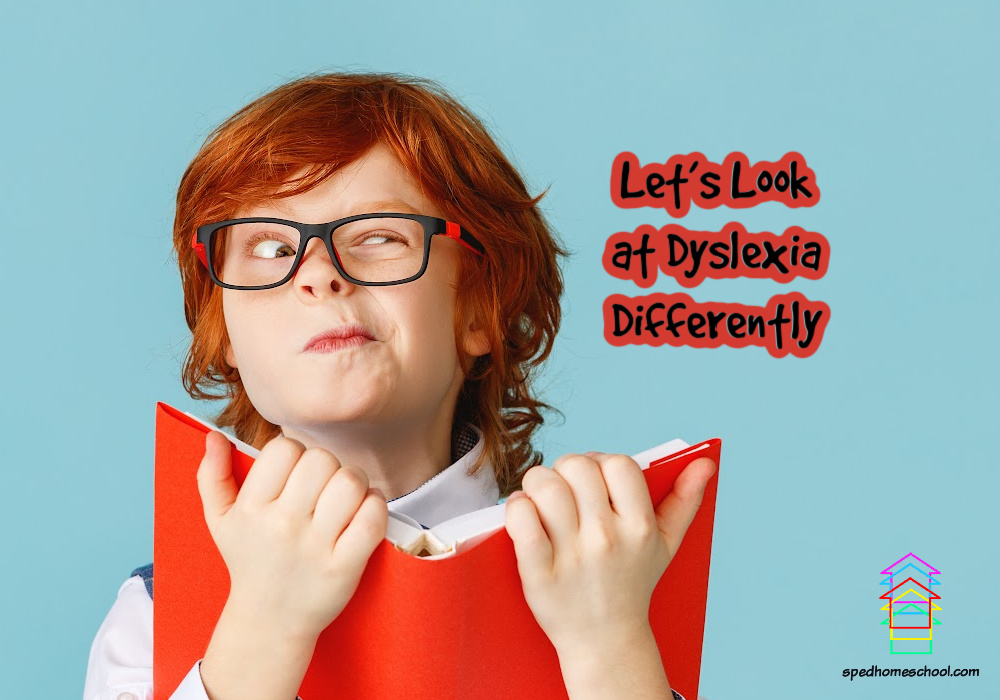
By Jan Bedell, Ph.D., Master NeuroDevelopmentalist, SPED Homeschool Board Member, Curriculum Partner, Consultant Partner, and Therapy Partner
Dyslexia is a malady that has perplexed parents, educators, and those diagnosed with it for years. Children think they are “not very smart” because they can’t read as well as their peers. Parents wonder if their child is even trying because they know they are smart. Educators have a classroom full of students and are unsure of how to help the child that is obviously bright but struggling to keep up with academic demands.
If you are looking for help for dyslexia in an internet search, you often find descriptions like these:
- One website gave this statistic:
- Approximately 15% of people have dyslexia.
- This equates to over 30 million adults in the United States, about 6 million in the United Kingdom, and 3 million in Canada. Most don’t know they are dyslexic!
- Mayo Clinic states: “Dyslexia is a learning disorder that involves difficulty reading due to problems identifying speech sounds and learning how they relate to letters and words (decoding)…”
- Yale University suggests: “In fact, dyslexia is an unexpected difficulty in reading in an individual who has the intelligence to be a much better reader…”
- National Institute of Neurological Disorders and Stroke says, “Although the disorder varies from person to person, common characteristics among people with dyslexia are difficulty with phonological processing (the manipulation of sounds), spelling, and/or rapid visual-verbal responding.”
A Bit of Dyslexia History
The individual that first identified dyslexia, Samuel Orton, had a much broader list of symptoms for people with this condition. He said they have some or a combination of these characteristics:
- balance issues
- eye tracking and convergence challenges
- lack of typical coordination
- cross dominance (using the opposite eye or ear from the dominant handedness)
- poor phonemic awareness
- struggles to spell correctly
The numbers of those struggling with this condition are staggering. The current educational system in the United States only offers programs to compensate for symptoms and a long reading remediation process focused on phonics for the challenges of children with dyslexia. For adults with dyslexia, there are few options besides living with it and doing the best you can. That sounds quite bleak to me.
From a NeuroDevelopmental (ND) perspective, the question about all these dyslexic symptoms is 2-fold:
- WHAT is allowing all of the atypical struggles to exist?
- Why has the original group of symptoms found by Samuel Orton been reduced to a phonetic approach?
In other words, why are all but one of the factors first discovered by Mr. Orton considered in the treatment of dyslexia? Neurodevelopmentalists know that human function is controlled by the brain. How that brain is organized and the developmental steps that have taken place for that individual make all the difference in the functional outcomes. Our experience with individuals labeled with or suspected of dyslexia has been very different than the traditional view of doing a 2-year intensive phonics program and then living with any residual struggle and merely coping and compensating for a lifetime.
The ND approach looks at the whole child to see what might be causing the glitches in function.
- Are the eyes not working in tandem so that letters on a page are overlapping and barely distinguishable?
- Is the central detail vision not working optimally so small words, parts of words, or punctuation seem to disappear.
- Is the auditory short-term memory poorly developed to cause problems with using phonics? The child just can’t seem to hold all the pieces together to get the word out promptly.
- Is it that the lower levels of the brain are not organized to enable a fluid flow of information from one hemisphere of the brain to the other?
- Is information being stored in the wrong part of the brain causing the individual to have an inconsistent recall?
- Or is it a combination of several of the above?
This is very frustrating for everyone! The mom thinks the child has the concept or information just to find the child is unable to retrieve it the next day. The child doesn’t understand why the information isn’t coming out as mom expects.
If you would like to see some of the symptoms we have frequently encountered when working with individuals with dyslexia and the possible root causes from a NeuroDevelopmental point of view, click here .
Our experience shows that if the root cause is addressed through equipping the parents with knowledge of the right type of brain stimulation, the children come up an average of a year or more in math and reading in just four months. This is a far cry from most experiences of getting further and further behind each year. Parents are the key to this change! You don’t have to load your family in the car and drive across town for some expensive therapy. The NeuroDevelopmental Approach can be added to your home school with incredibly positive results.
For more information and the opportunity for a free consultation, visit www.BrainSprints.com
Did you know that if every person who visited our website donated one dollar we would be completely funded?
Help us reach our funding goal – Donate Today
